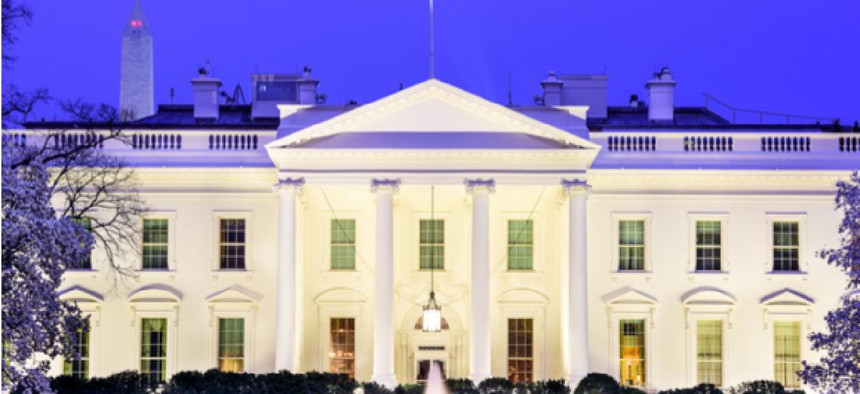OAI looks to build permanence before it disappears

The Office of American Innovation is set to expire at the end of the Trump administration, but one key official sees its effect enduring at the agency level.

The Trump tech office is looking to solve long-term government tech challenges, but it's not here to stay.
The Office of American Innovation, established via presidential memorandum in March 2017, is intended to "sunset at the end of the administration," said Matt Lira, a presidential advisor on tech issues and member of OAI, at a May 24 event hosted by IBM.
The intent of the office, headed by the president's son-in-law Jared Kushner, is "not to be a permanent fixture to the executive branch," said Lira, but rather to be "consultancy" on tech and modernization issues facing government.
"If [the Trump offices are] working in a way that people want to continue, they have that option," he said. "We're mindful we created this as a flexible thing, and it's new, and future administrations might say, 'this model worked pretty well, we want to mimic it.' They might also say, 'we want to do it differently.'"
OAI has billed itself as the tackling long-term problems that have plagued government services, namely modernizing government tech and aligning government operations with private sector best practices.
However, Lira said the limited time the office itself may have in government does not conflict with its goals to make long-term changes to government operations.
"OAI's role… is very tied to the role we can play in this administration," he said. "But our objective is to fix the broader system."
In its limited time in government, the office is looking to the agency-level to implement changes that outlast its tenure.
"The long-term capacity for change should be built into the agencies themselves," said Lira. "That's where the heart of government is in terms of the systems."
As far as specifics, Lira pointed to the centers of excellence being organized by the General Services Administration as an example of "an enduring, long-term structure."
He also pointed to the recently signed executive order aimed at empowering agency-level CIOs by reinforcing past legislative efforts, such as Clinger-Cohen and the Federal IT Acquisition and Reform Act, as having a lasting impact.
"We want CIOs in agencies to be super-empowered for a long time," he said.
NEXT STORY: A silver bullet for budget formulation





